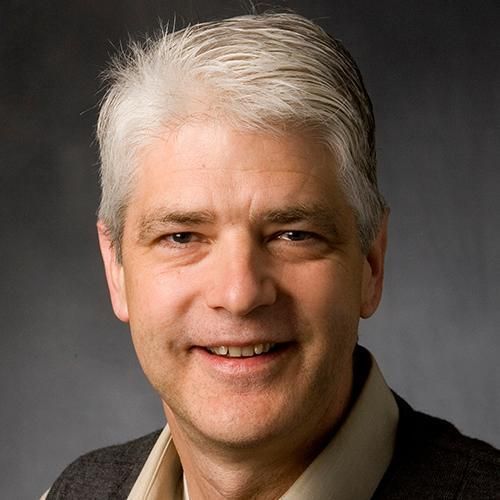Engineering skeletal myoblasts: roles of three-dimensional culture and electrical stimulation.
Immature skeletal muscle cells, or myoblasts, have been used in cellular cardiomyoplasty in attempts to regenerate cardiac muscle tissue by injection of cells into damaged myocardium. In some studies, muscle tissue within myoblast implant sites may be morphologically similar to cardiac muscle. We hypothesized that identifiable aspects of the cardiac milieu may contribute to growth and development of implanted myoblasts in vivo. To test this hypothesis, we designed a novel in vitro system to mimic some aspects of the electrical and biochemical environment of native myocardium. This system enabled us to separate the three-dimensional (3-D) electrical and biochemical signals that may be involved in myoblast proliferation and plasticity. Myoblasts were grown on 3-D polyglycolic acid mesh scaffolds under control conditions, in the presence of cardiac-like electrical current fluxes, or in the presence of culture medium that had been conditioned by mature cardiomyocytes. Cardiac-like electrical current fluxes caused increased myoblast number in 3-D culture, as determined by DNA assay. The increase in cell number was due to increased cellular proliferation and not differences in apoptosis, as determined by proliferating cell nuclear antigen and TdT-mediated dUTP nick-end labeling. Cardiomyocyte-conditioned medium also significantly increased myoblast proliferation. Expression of transcription factors governing differentiation along skeletal or cardiac lineages was evaluated by immunoblotting. Although these assays are qualitative, no changes in differentiation state along skeletal or cardiac lineages were observed in response to electrical current fluxes. Furthermore, from these experiments, conditioned medium did not appear to alter the differentiation state of skeletal myoblasts. Hence, cardiac milieu appears to stimulate proliferation but does not affect differentiation of skeletal myoblasts.
Duke Scholars
Published In
DOI
EISSN
ISSN
Publication Date
Volume
Issue
Start / End Page
Related Subject Headings
- Tissue Engineering
- Rabbits
- Myocytes, Cardiac
- Myoblasts, Skeletal
- Electric Stimulation
- Cell Lineage
- Cell Division
- Cell Differentiation
- Cell Culture Techniques
- Cardiovascular System & Hematology
Citation
Published In
DOI
EISSN
ISSN
Publication Date
Volume
Issue
Start / End Page
Related Subject Headings
- Tissue Engineering
- Rabbits
- Myocytes, Cardiac
- Myoblasts, Skeletal
- Electric Stimulation
- Cell Lineage
- Cell Division
- Cell Differentiation
- Cell Culture Techniques
- Cardiovascular System & Hematology

